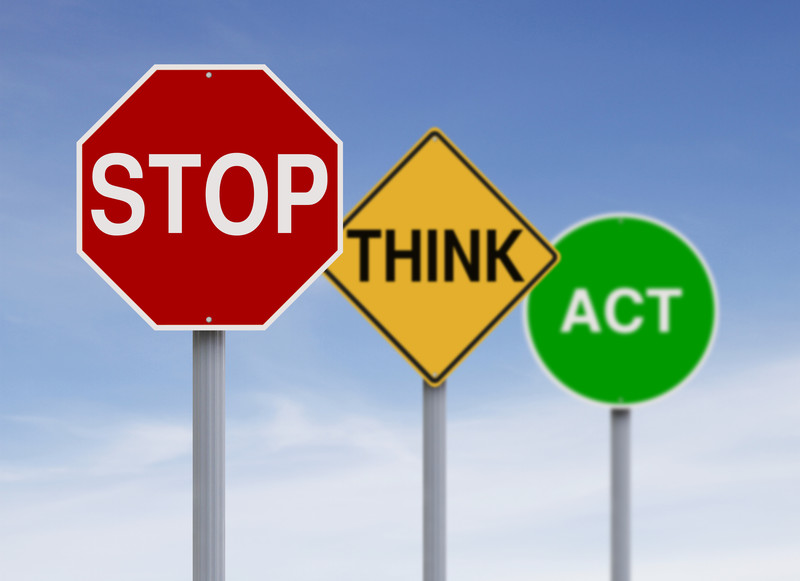Elizabeth Shown Mills
In another forum that will go unnamed, a writer declared: “I like MLA better than CMOS because MLA doesn’t require us to cite page numbers.”
Whoa! Back up a moment. Somebody took a wrong turn here.
Every time we use a source, we're at a crossroads. We have to take an action. The decision we make will determine whether we get to where we want to go or whether we end up lost—or miles off target. Where sources are concerned, our big decision is this:
- Do we see citation as a chore that forces us to do something?
- Do we see citation as a road map that helps us?
CMOS, MLA, APA, AP, or Whatever are citation styles to follow when we are ready to submit a research project to a teacher or an editor. Our teacher requires us to use a certain format. Our editor requires us to use a certain format. But in the research stage, we—as researchers—set our own requirements, based on our personal goals. We can
- do no citation at all (and maybe end up with something we’re happy with, even though no one takes it seriously),
- do as little citation as we think we can get by with and still feel plum-pleased with ourselves for having made the effort, or
- think, “Hmhh. How much information can I muscle out of this source—right here, right now—that will boost my research?”
For most of us who do history research, our goal is not complicated. We want A: to make discoveries; B: to learn about the past; C: to avoid brick walls; and D: to reach accurate conclusions.
Realistically, to meet these goals, we need X: valid evidence, based on Y: credible information, drawn from Z: reliable sources.
So how do we wring ABCD out of XYZ?
Simple. Every time we use a source, we want to create a citation that helps us. We're not trying to satisfy Miss Thistlebottom so she won’t give us a D-minus. We're creating a citation that will give us the directions we need to get to ABCD. That road map needs to tell us
- whether the source (book, document, whatever) has problems that affect the reliability of the information we take from it,
- whether or not the person who supplied the information was in a position to know what “the facts” actually were, and
- how reliable our conclusion will likely be if we trust that information.
Page numbers in books, file numbers for documents, distinctions between editions—or between versions imaged by multiple online providers ... all of these are not roadside weeds to annoy us. They are mile markers that keep us headed in the right direction. Even if this-or-that-editor does not require this-or-that piece of information at some distant date, we need them as waypoints on our journey.
You see: the real purpose of a citation is to make us stop and think before we act. To think about what we’re using. To think about what it’s telling us. To think about whether we can trust it.
If, as researchers, our habit is to follow whatever direction lets us get by with as little thinking as possible, we hurt ourselves and we will get lost.
PHOTO CREDIT: "Stop Think Act," CanStockPhoto (http://www.canstockphoto.com/images-photos/stop-think.html#file_view.php?id=13740571 : accessed 31 January 2016), image csp13740571, uploaded by ml, 23 April 2014; used under license.